

Engage prospects with a scan and streamline customer engagement with FREE QR code marketing tools by Sona – no strings attached!
Create a Free QR CodeFree consultation

No commitment

Engage prospects with a scan and streamline customer engagement with FREE QR code marketing tools by Sona – no strings attached!
Create a Free QR CodeFree consultation

No commitment
QR codes have rapidly advanced from a novelty to a strategic asset, bridging offline engagement with online actions. For air conditioning repair services, they provide a fast, reliable way to support technicians in the field, connect customers to the right digital resources, and eliminate friction during service interactions. Since modern smartphones scan QR codes natively, no app is required, which keeps interactions simple for homeowners, property managers, and techs alike.
As customers and technicians interact with service vehicles, invoices, marketing materials, and equipment onsite, crucial moments demand quick access to troubleshooting guides, warranty information, parts ordering, or emergency support. Without ready access or accurate data, these touchpoints often lead to lost opportunities and customer dissatisfaction. QR codes resolve these gaps by offering instant entry to relevant content, prefilled forms and smart escalation paths, while also capturing useful data about scan context and intent.
This guide explores how air conditioning repair services can use QR codes to achieve better results, from replacing outdated paperwork with digital workflows to enabling proactive maintenance, faster dispatch, and higher customer satisfaction. You will discover how QR-enabled solutions address common industry challenges such as anonymous customer journeys, missed follow-ups, and disconnected service channels, and how platforms like Sona QR help you manage, track, and optimize every code end to end.
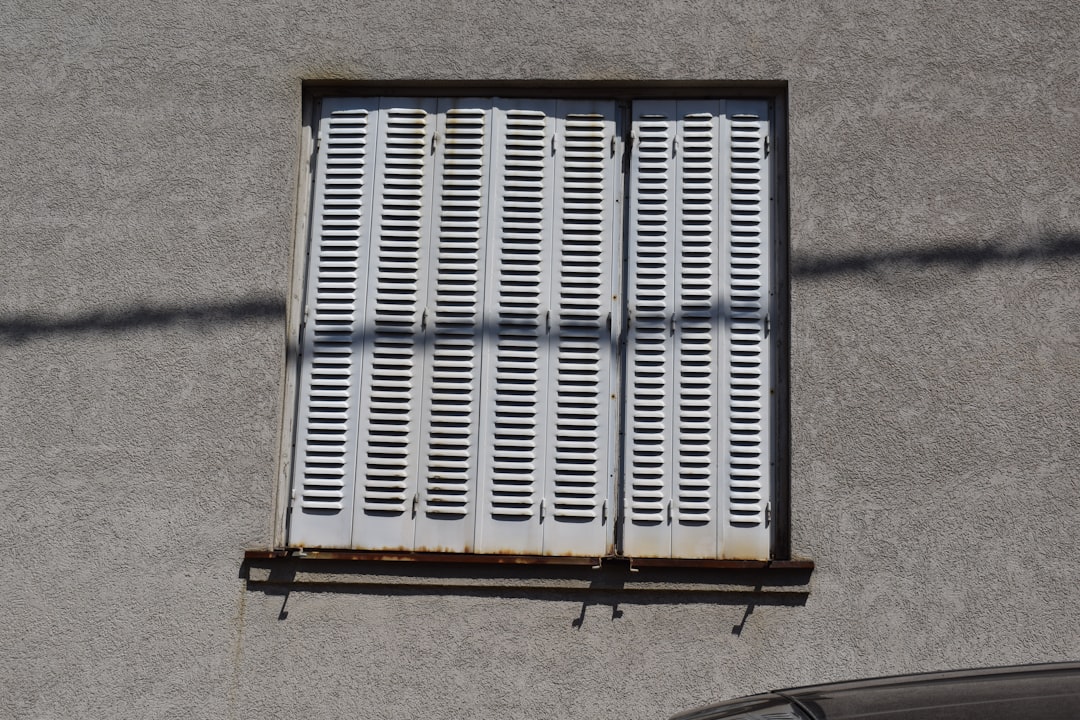
QR codes bridge field operations with digital resources so air conditioning repair teams can access troubleshooting content, parts catalogs, schedules, and customer support without delay. When a technician can scan a code and instantly open the exact guide, checklist, or ordering portal they need, on-the-job errors decrease and first-time fix rates improve. Customers benefit from faster, more confident service and better visibility.
To get there, replace analog steps that rely on paper binders, handwritten notes, and one-off calls. Link every critical moment in the service journey to a QR code that opens the right resource. For example, a QR sticker on a condenser can open model-specific service manuals, while a QR on an invoice can open a feedback form or a booking portal for the next maintenance visit. Sona QR supports these flows by giving you dynamic codes that are trackable and updatable, so your techs always have the latest information. For field teams, integrating QR into everyday marketing materials also helps capture leads in the moment.
Steps to maximize QR code benefits:
Example: Instead of leaving a printed maintenance sheet, a technician applies a small, branded QR label to the air handler panel. The homeowner scans it to view a custom landing page with filter replacement reminders, warranty details, a video on clearing the condensate drain, and a one-tap button to book the next tune-up. The same QR also logs the scan to your CRM so your team can follow up with proactive service offers. Start creating QR codes for free.
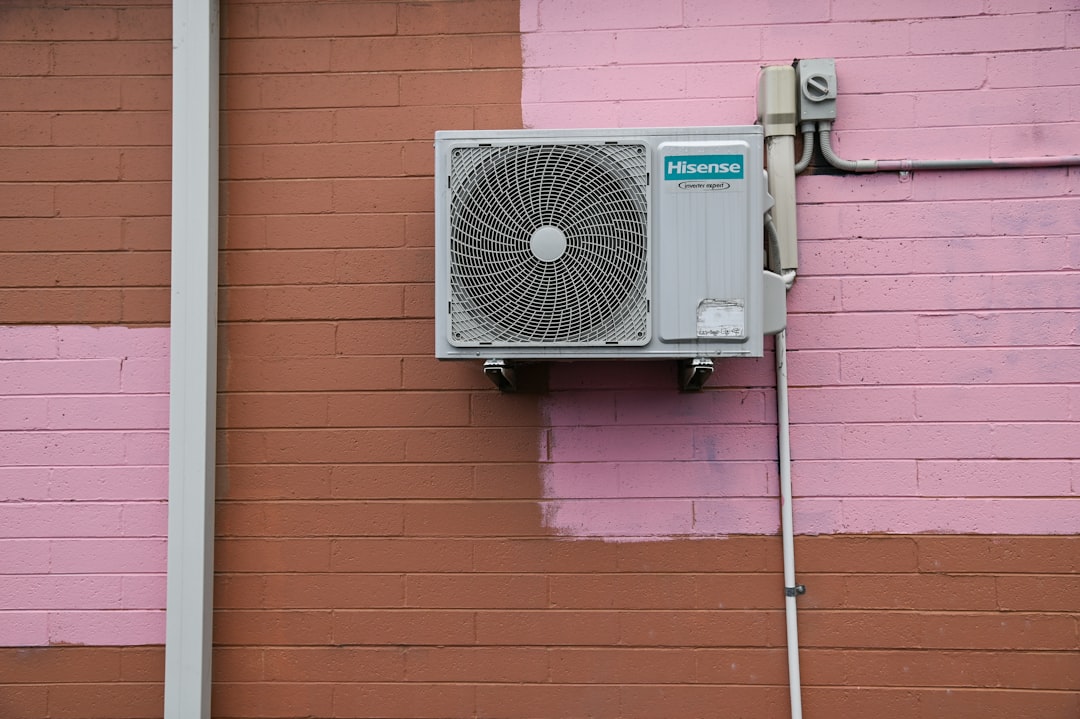
Air conditioning repair involves many physical touchpoints where information can be lost between offline and online channels. Customers see invoices, service reports, truck wraps, or door hangers, but they often do not take the next step because the path is unclear. QR codes create a clear bridge to digital actions such as booking a visit, ordering parts, or accessing emergency support, which lifts conversion and improves customer satisfaction. For campaign planning and messaging inspiration, see QR codes in marketing.
From an operations perspective, QR codes simplify technician workflows by eliminating manual searching and enabling fast access to verified, up-to-date documents. Instead of calling the office or scrolling through shared drives, a tech can scan and open the exact model-specific content they need. Dynamic QR codes also allow you to fix broken links or update content centrally as equipment evolves.
Common applications include adding QR codes to appointment reminders for rescheduling, vehicle branding that drives to emergency support pages, technician handouts that open troubleshooting videos, and invoices that collect feedback and reviews. Each placement turns a passive touchpoint into an active, measurable step in your service journey.
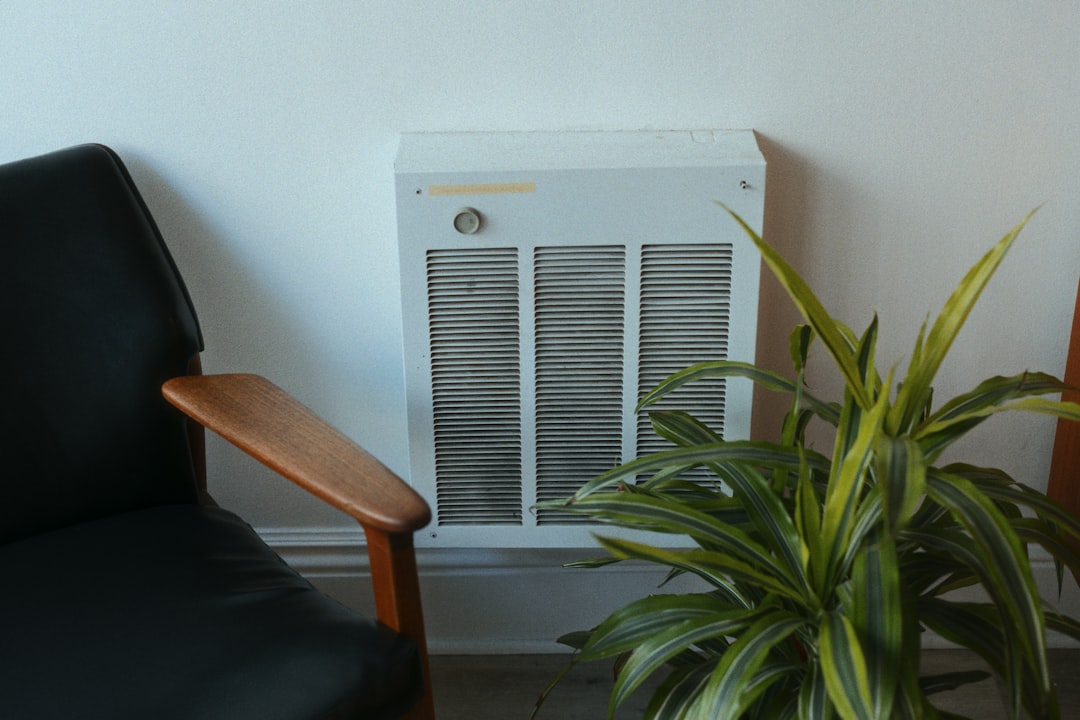
Different QR code formats serve different technician and customer needs. Selecting the right type improves the experience and the outcome for each scan. In air conditioning repair, the most useful formats prioritize fast access to instructions, contact capture, and service requests.
Web links remain the most versatile format because they can direct scanners to landing pages, fault code libraries, or booking portals. SMS and email QR codes save time by pre-filling key information such as unit model and problem description, which speeds triage and reduces back-and-forth. For job sites where technicians need connectivity, Wi-Fi QR codes simplify secure network access without typing passwords.
With Sona QR, you can create, organize, and edit any of these formats, then monitor performance in one place. Use dynamic codes when you need flexibility, tracking, or segmentation; reserve static codes for permanent, unchanging resources like a publicly available safety sheet.
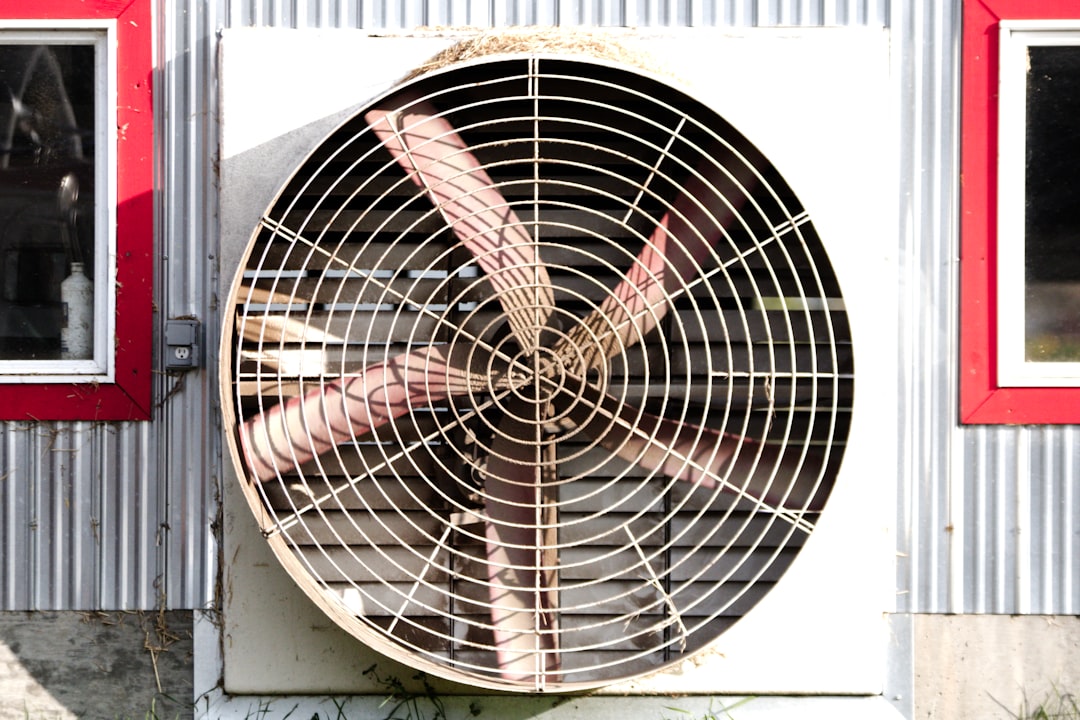
QR codes work best when you place them where your audience already pays attention and where a scan naturally solves a problem. In the air conditioning repair industry, these locations are often on the unit itself, in service documentation, and on technician-facing materials. Making the next step obvious with a clear call to action increases scan rates and conversions.
Start with a handful of high-intent placements, then expand as you gather scan data. Look at which assets get the most exposure during service activities, such as maintenance stickers or invoices, and position QR codes nearby. Each scan creates a measurable entry point to your pipeline and can trigger automation that accelerates the path to booking or repeat service.
Prioritize placements that are visible, accessible, and tied to conversion goals. Test different calls to action, such as Scan to book same-day repair or Scan for 10 percent off your spring tune-up, and use dynamic codes via Sona QR to iterate without reprinting.
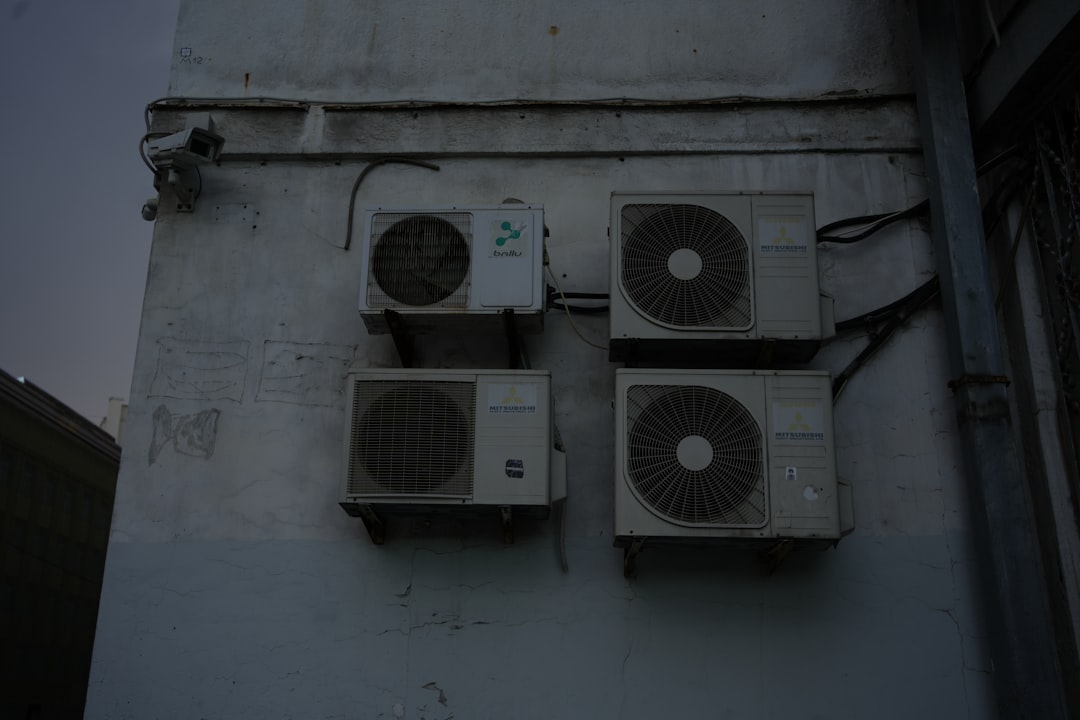
QR codes deliver the most value when they shorten time to resolution, eliminate guesswork, and capture data you can act on. In air conditioning repair, they excel at guiding techs through complex fixes, enabling fast customer feedback, and creating frictionless paths for urgent service requests. The result is better experiences for customers and more efficient operations for your team.
Consider how each use case aligns with a specific moment in the service journey. For instance, a QR code on an air handler speaks to the maintenance and troubleshooting stage, while a code on a door hanger supports awareness and lead generation. With Sona QR, you can tag each code by use case to track outcomes like scan-to-booking rate or scan-to-review rate.
By matching QR placements to common interactions, you create a more connected journey. You also gain measurable outcomes such as higher review volume, faster form completion, and increased rebooking.
Every QR scan is a signal. It reveals interest level, context, and intent. With multiple codes deployed across touchpoints, you can segment audiences automatically and use that structure to fuel precise retargeting and follow-up campaigns. Instead of relying on broad assumptions, you tailor outreach to the actions people actually take. Sona helps teams turn first-party data into revenue through identity, intent, and attribution. For practical tactics, see Sona’s retargeting playbook.
In air conditioning repair, powerful distinctions include homeowner versus property manager, maintenance interest versus urgent repair need, and out-of-warranty equipment versus covered systems. Sona QR lets you tag each code by placement and purpose, feed scan events into your CRM, and sync audiences to your ad platforms so you can follow up with personalized messaging.
With Sona QR as your central hub, you turn scanned intents into structured data. Over time, these segments improve conversion rates, reduce wasted ad spend, and help you invest where interest is strongest.
QR codes are connective tissue that turn offline moments into measurable digital actions. They enhance print, field, and community marketing by making every physical asset scannable and trackable, while also tying into your website, CRM, and advertising platforms. This integration gives you real-time visibility into which channels drive results.
For air conditioning repair teams, use QR codes to unify seasonal campaigns, neighborhood outreach, and service visits. When a homeowner receives a direct mailer, sees your truck, and later reviews an invoice, each scan can tell a cohesive story in your CRM. You will know what compelled them to book, how they engaged later, and what to do next to retain them. For broader tactics that complement QR, see this overview of HVAC marketing.
QR codes serve as the offline onramp to your digital marketing engine. Platforms like Sona QR centralize code creation, performance monitoring, and CRM syncing so you can build connected journeys and scale what works.
QR campaigns succeed when they are goal driven, consistent with brand, and set up for measurement from day one. Before launching, define what you want to achieve and how you will evaluate success. Then build a focused plan with the steps below and iterate based on early results.
The following playbook is tailored to air conditioning repair services, with examples you can adapt. Use it to replace analog friction with digital speed, and to ensure every scan has a clear purpose and a measurable outcome.
Start with a single, high-impact goal. For many HVAC teams, this could be lifting emergency response efficiency, increasing maintenance plan signups, or boosting review volume after service visits. Clarifying the outcome will guide code placement, destination content, and success metrics.
Identify where in your journey the friction is highest. If you miss urgent calls, prioritize QR codes that pre-fill emergency requests and trigger alerts. If retention is weak, focus on post-service QR flows that enroll customers in maintenance plans and send reminders.
Select static or dynamic QR codes based on your need for flexibility and data. Static codes suit permanent, unchanging destinations like safety sheets. Dynamic codes let you update content, capture analytics, and segment scans without reprinting, which is ideal for campaigns and service documents.
Map each use case to the right format. An invoice should likely use a dynamic code that links to a post-service hub. A maintenance sticker on a unit may use a dynamic link that can change with the season, showing summer or winter tips as needed.
Design your QR codes with clear branding and unmistakable CTAs so people know what to expect. Add a short descriptor like Scan to book same-day repair or Scan for model-specific instructions near the code. Keep contrast high and leave enough white space around the code to ensure scannability. For creative layout tips, see this guide on integrating QR into ads.
Test the code in realistic conditions before deploying. Check scans on multiple devices, test under harsh lighting or in tight spaces like utility closets, and verify that the landing page loads fast and is mobile friendly. Iterate visuals and messaging to lift scan rates.
Roll out QR codes where they will be seen at the exact moment action is likely. For air conditioning repair services, start with invoices, maintenance stickers, technician vehicles, and targeted direct mail. These placements align tightly with conversion opportunities.
Stage deployment to learn quickly. Launch in a few neighborhoods or with a subset of technicians, then evaluate scan data and feedback. Expand to more assets and channels once you confirm the best-performing placements and messages.
Instrument your QR program from day one. Use Sona QR to track scans by time, device, location, and asset. Connect Sona with your CRM to see which scans lead to bookings, reviews, or plan enrollments. Measure conversion rates and time-to-action so you can identify quick wins and bottlenecks.
Optimize continuously. A/B test landing page headlines and CTAs, refine your follow-up sequences, and adjust code design for clarity. Feed insights back into your creative and placement strategy to improve ROI each month.
Advanced tracking transforms QR scans from a vanity metric into a revenue signal. For air conditioning repair services, knowing which code was scanned, where, and by whom helps you forecast demand, optimize staff scheduling, and double down on channels that drive real bookings. It also creates a closed loop between field assets and your digital funnel.
Traditional analytics end at page views. With Sona QR and Sona.com, you get a complete picture from scan to sale. You can see which truck wraps, invoices, or neighborhood mailers generate the most engagement, then attribute revenue to those assets and refine budgets accordingly. This is the foundation of performance-driven field marketing.
This data does more than report performance. It informs forecasting and staffing, identifies training needs for technicians, and pinpoints which messages resonate with different audiences. Over time, you build a repeatable system that ties field engagement directly to business outcomes.
Once your initial QR deployments are live, small improvements can produce outsized gains. Focus on simplifying customer tasks, making benefits obvious, and closing the loop with automation. Consistency across assets and seasons builds trust and increases scan rates.
Choose tactics that match your most common media and customer journeys. For air conditioning repair teams, that usually means invoices, system stickers, and neighborhood outreach. Train your technicians to point out the QR code and explain what happens after the scan so customers feel confident taking action.
Example: After servicing an AC unit, the technician places a QR sticker labeled Scan for filter reminders and troubleshooting tips on the air handler. When the customer scans it, Sona QR logs the activity, delivers a set of tailored tips, and triggers a 90-day follow-up SMS with a one-tap link to book a seasonal tune-up. This reduces missed opportunities and increases satisfaction without adding workload for your team.
QR codes are transforming air conditioning repair services by connecting analog workflows to digital empowerment. Integrating QR technology into technician routines and customer interactions streamlines processes, enhances data-driven insights, and provides instant support for today’s fast-paced repair demands. This approach solves longstanding challenges around visibility, personalization, and missed opportunities, unlocking measurable growth and establishing a scalable foundation for continued innovation and service excellence. As you roll out your program, rely on platforms like Sona QR to create dynamic codes, manage content centrally, and attribute scan activity to revenue so you can improve results month after month.
QR codes have revolutionized air conditioning repair services by turning routine maintenance and repairs into seamless, data-driven experiences. From quickly accessing service histories to providing technicians with instant troubleshooting guides, QR codes enhance operational efficiency and empower technicians to deliver faster, more accurate service. Imagine technicians arriving on-site fully equipped with real-time information, reducing downtime and elevating customer satisfaction.
With Sona QR, you can create dynamic, trackable QR codes that update instantly without the need to reprint manuals or service tags. This means every scan provides actionable insights, linking technician performance and customer interactions directly to business growth. Beyond improving service delivery, QR codes also support customer acquisition by simplifying booking processes and building trust through transparency.
Start for free with Sona QR today and transform every scan into a smarter service call, a delighted customer, and a stronger bottom line.
Choose a service that uses modern tools like QR codes to provide quick access to troubleshooting guides, warranty information, and emergency support, ensuring faster, more confident repairs and better customer satisfaction.
Common signs include frequent breakdowns, reduced cooling efficiency, unusual noises, and issues requiring troubleshooting that can be quickly diagnosed using QR code–enabled guides and support.
The article does not specify the average cost for air conditioning repair services.
Prevent issues by following maintenance reminders and troubleshooting tips accessible through QR codes placed on your AC unit, scheduling regular tune-ups, and enrolling in maintenance plans offered by your repair service.
Best practices include using QR codes on maintenance stickers for quick access to filter replacement guides and troubleshooting videos, booking timely tune-ups via scan-to-book portals, and following proactive service reminders delivered through automated follow-ups.
Use Sona QR's trackable codes to improve customer acquisition and engagement today.
Create Your FREE Trackable QR Code in SecondsJoin results-focused teams combining Sona Platform automation with advanced Google Ads strategies to scale lead generation

Connect your existing CRM

Free Account Enrichment

No setup fees
No commitment required

Free consultation

Get a custom Google Ads roadmap for your business






Launch campaigns that generate qualified leads in 30 days or less.
